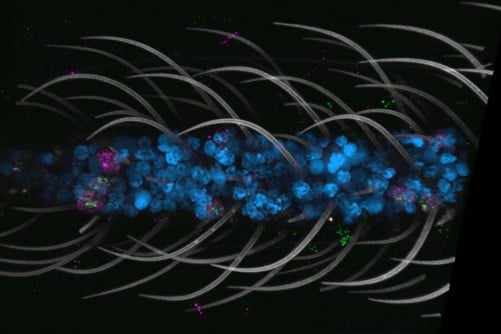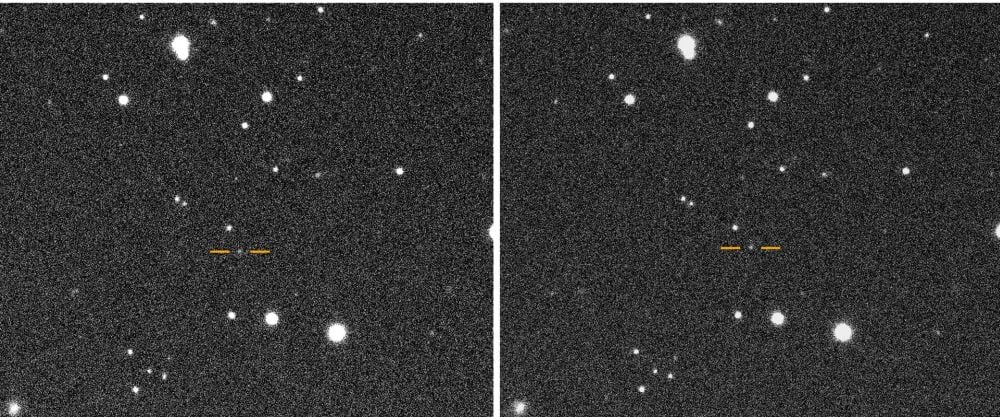Researchers at Rockefeller University have developed the world’s first comprehensive cellular atlas of the Aedes aegypti mosquito, a species known for transmitting numerous diseases, including dengue and Zika. This groundbreaking study offers an unprecedented insight into the genetic makeup of this mosquito, revealing detailed cellular-level gene expression across various tissues. The findings were published in the journal Cell and are now available to researchers and the public alike.
The Mosquito Cell Atlas presents an extensive dataset that captures the gene expression in every tissue of the mosquito, from the antennae to the legs. Head of the laboratory, Leslie Vosshall, who has dedicated nearly two decades to studying Aedes aegypti, describes this work as “a comprehensive snapshot of what every cell in the mosquito is doing.” This achievement is notable not only for its scope but also for including both male and female mosquitoes, addressing a significant gap in previous research that primarily focused on females.
Insights into Mosquito Biology
The atlas has already begun to shed light on the genetic intricacies of Aedes aegypti, revealing new cell types and surprising differences and similarities between the sexes. For instance, researchers discovered dramatic changes in gene expression in the female mosquito’s brain following a blood meal. Senior author Nadav Shai emphasizes the potential of this dataset to catalyze new research, stating, “We believe this enormous data set will really move mosquito biology forward.”
Previous studies had approached mosquito biology in a fragmented manner, examining tissues and organs individually. This new comprehensive atlas utilizes advanced single-nucleus RNA sequencing (snRNA-seq), enabling the team to analyze over 367,000 nuclei from various tissues. The research categorized 69 distinct cell types into 14 major categories, many of which had never been documented before.
Behavioral Shifts and Sensory Capabilities
Among the significant findings, researchers identified polymodal sensory neurons throughout the mosquito’s body, including the legs and mouthparts, which enhance the mosquito’s ability to detect environmental cues such as sweetness and fresh water. Shai notes, “Being able to taste sweetness with their legs may be useful for detecting sugars, which both females and males need to live.”
Additionally, the research explored the changes in gene expression in the female mosquito’s brain after feeding. This study revealed that, while neurons make up roughly 90% of the brain cells, it was the glial cells—less than 10% of the total—that demonstrated the most significant shifts in gene expression. This finding indicates that glial cells play a crucial role in the physiological changes associated with behavior.
The study also highlighted the limited sexual dimorphism within the mosquito’s cellular makeup. Despite the many differences observed between male and female mosquitoes, their overall cellular structures are largely similar, with notable exceptions found only in the male antenna. Vosshall remarked that “most cells look the same,” which could imply that differences in gene regulation drive the distinct behaviors between the sexes.
Looking ahead, Vosshall’s team plans to leverage this extensive dataset to further investigate behaviors such as host-seeking and environmental sensing in Aedes aegypti. Shai expresses optimism about the potential applications of the atlas, stating, “The sheer size of the dataset opens up many new avenues of research that people couldn’t study before because they didn’t have this tool.”
In summary, the release of the Mosquito Cell Atlas is a landmark achievement for mosquito research, offering a vital resource for scientists worldwide. With its commitment to openness since the project began in 2021, the Rockefeller University team anticipates a wave of new discoveries stemming from this invaluable tool.







